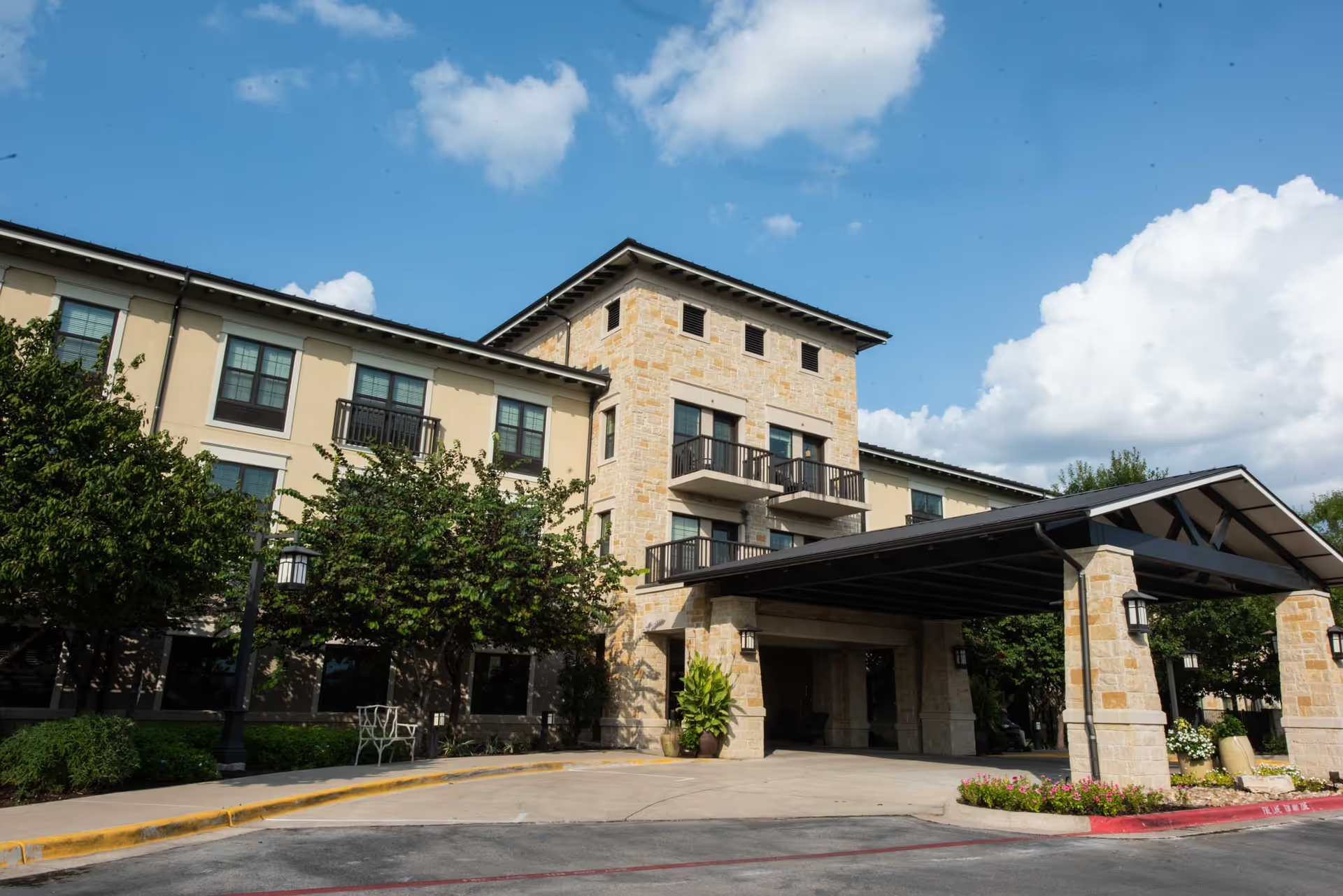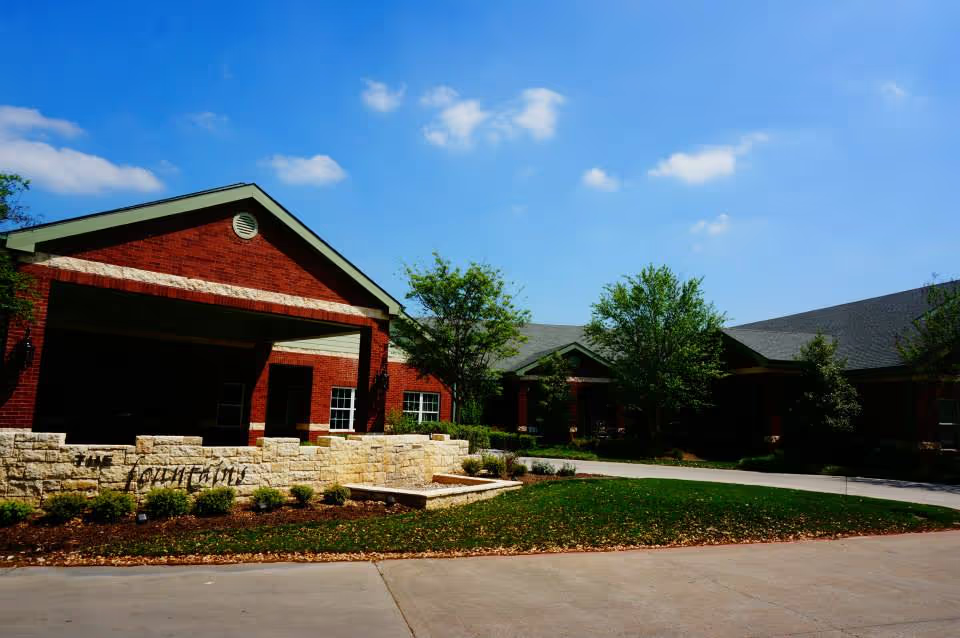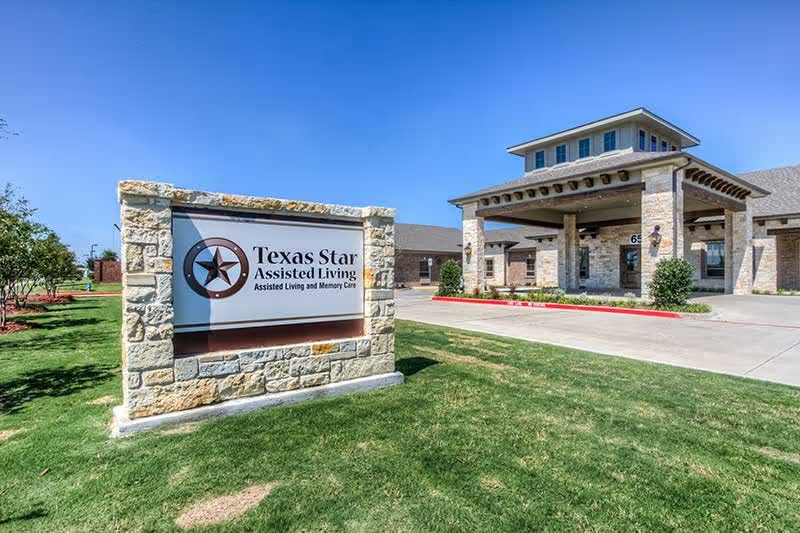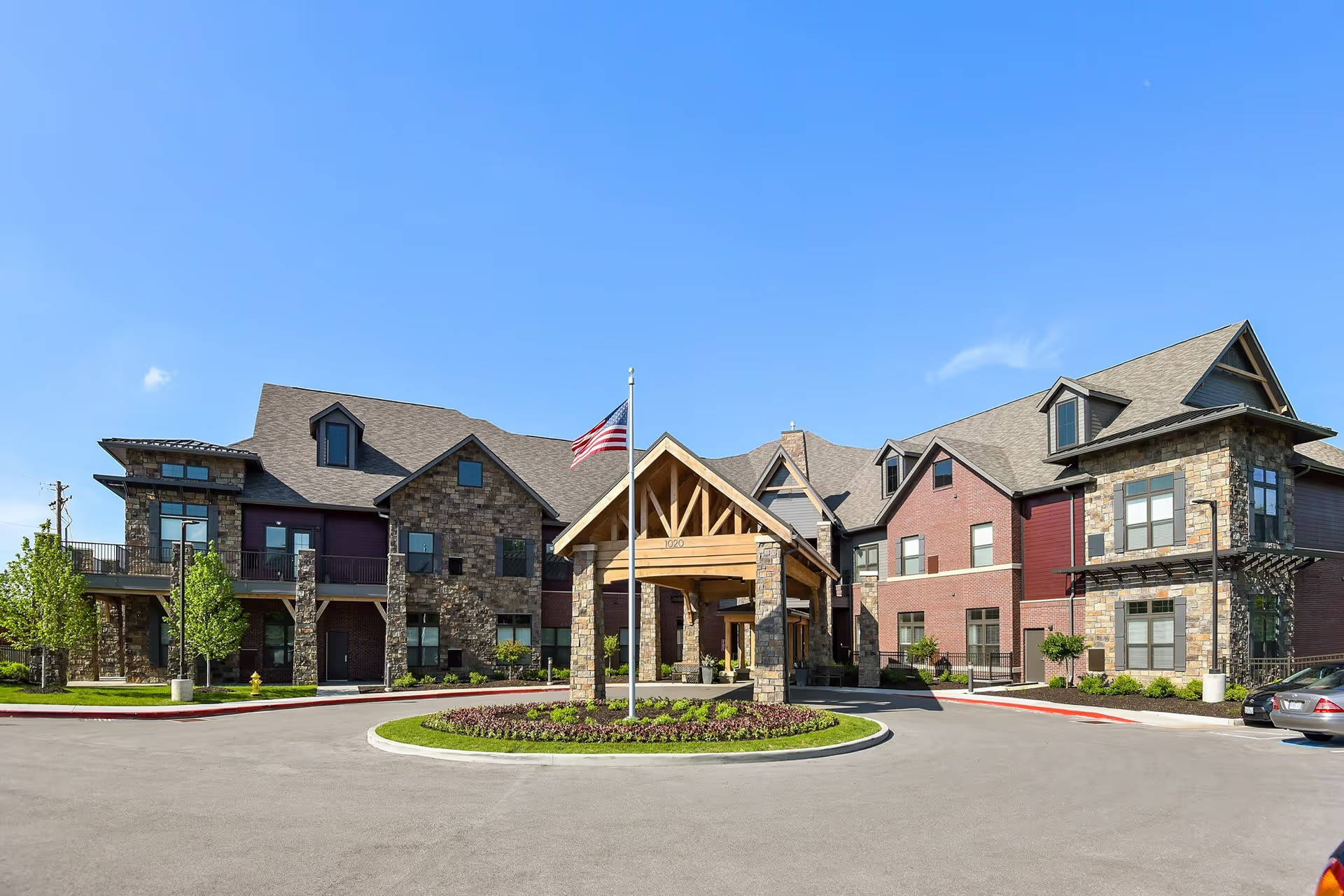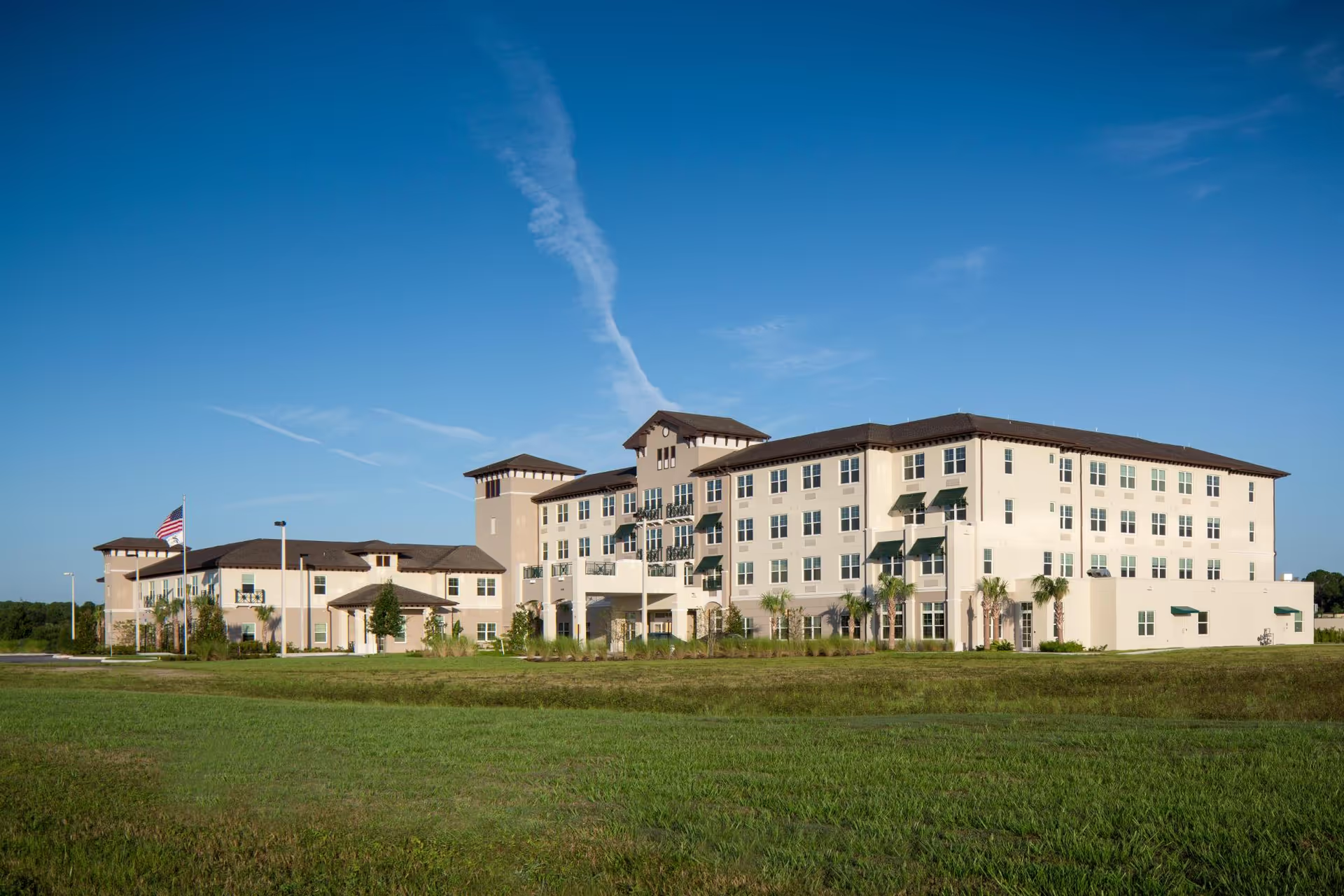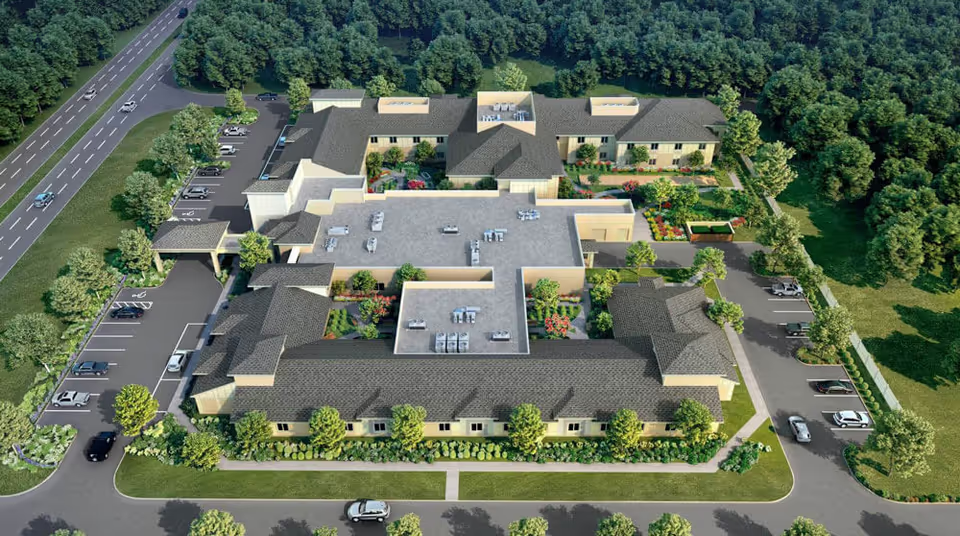Overall sentiment about Coastal Palms Nursing & Rehabilitation is strongly mixed and polarized. Many reviewers praise the facility for being small, warm, and home-like, with individual staff members singled out repeatedly for compassionate, attentive care. At the same time, a number of reviews describe serious lapses in care, staffing shortages, and management issues that raise safety concerns. The aggregate picture is of a facility that can provide excellent, loving care in many cases but also exhibits variability and risk tied to staffing, shift-to-shift inconsistency, and administrative responsiveness.
Staff and clinical care: The most frequent positive theme is the human side of care. Numerous reviewers describe friendly, caring, and compassionate caregivers, nurses, therapy staff, and support personnel. Several named employees and roles (nurses, certified aides, DON, activity director, receptionists, PA, kitchen and laundry staff, therapy team) receive specific praise for going above and beyond. Therapy staff in particular are mentioned as knowledgeable and helpful during skilled nursing transitions. Conversely, the negatives in clinical care are significant and recurring: many reviewers report chronic short-staffing, slow nurse response times, long waits for basic help (examples include 3–4 hour waits to be changed), and delayed medication administration (Tylenol delays and medication shortages). Multiple reviews allege neglectful incidents — patients left in soiled conditions, denied bedpans, delayed or improper feeding, misinformation about baths, and at least one account alleging a patient died shortly after care concerns were raised. There are also reports of medication administration failures and other safety lapses. The pattern suggests that quality of care is inconsistent and closely tied to staffing levels and specific personnel on duty.
Facilities, maintenance, and cleanliness: There is a split in perceptions of the physical environment. Many reviewers find the facility clean, odor-free, well-maintained and even “immaculate,” praising housekeeping, laundry, and the overall home-like setting. Others, however, report serious sanitary and infrastructure concerns — filthy rooms, barely functioning bathrooms, and unsafe/unsanitary conditions. Maintenance staffing and responsiveness are a recurrent issue: reviewers mention there being only one maintenance person who is not available off-hours, limited electrical outlets in rooms (no double outlets), and accessibility problems (an entry device that is unusable, need for a step stool). These mixed reports point to variability (some rooms/areas in good repair while others are neglected) and potential gaps in after-hours maintenance coverage.
Dining and activities: Dining and activities receive generally positive comments. Meals are repeatedly described as tasty, with options for dining in a common dining room and kitchenettes available for self-prep in some rooms. Some residents received special in-room touches (coffee, orange juice delivery) and reviewers describe meals as a source of satisfaction. Activities are varied and robust given the facility’s small size — Bible study, Catholic communion, church services, bingo, mobile carts, game groups (dominos, checkers), makeup technique classes, walkers group, and regular outings or visiting groups. This programming supports social engagement and a faith-based approach for residents who value that model.
Management, communication, and customer service: Opinions about administration and management are sharply divided. Several reviews praise specific administrative staff and describe professional, helpful interactions. In contrast, other reviewers describe unprofessional administration, intimidation, false statements, mishandling of grievances, and poor communication. Customer service issues also surface — long hold times, unhelpful reception staff, and negative impressions during phone interactions. A recurring theme is that family presence appears to improve treatment or responsiveness, suggesting that advocacy matters and outcomes may change when families are actively involved.
Notable patterns and risk factors: The dominant risk theme is inconsistency. Positive reports show that Coastal Palms can operate at a high level — compassionate staff, good cleanliness, tasty meals, and effective therapy. Negative reports show that when short-staffing, maintenance gaps, or particular personnel problems occur, consequences can be severe, including neglect, patient discomfort or harm, and unaddressed grievances. The variability across reviewers indicates that experiences may depend heavily on shift staffing, individual caregivers, and management responsiveness at the time of care. Safety is called out as a strength by some (security praised), yet other reviewers explicitly labeled the facility unsafe and reported injuries or major lapses.
Practical considerations for prospective residents and families: If you are considering Coastal Palms, weigh the two sides carefully. Ask detailed, specific questions during a tour: current staffing ratios by shift, medication management processes, examples of how they handle after-hours maintenance and accessibility issues, how grievances are logged and resolved, and whether they can provide references from families who recently had long stays. Observe the facility at different times (meal times, evenings, and weekends) to assess consistency, cleanliness, and staffing responsiveness. Inquire about faith-based programming if that is important, and request specifics about therapy capabilities and recent outcomes. Given the reports of inconsistent care and occasional serious incidents, families who prioritize reliability and safety should request transparent documentation about incident histories, staffing plans, and managerial accountability before committing.
Bottom line: Coastal Palms appears capable of providing compassionate, clean, and engaging care for many residents, especially in a small, home-like setting with strong activity and faith-based options. However, repeated reports of short-staffing, delayed or neglected care, medication problems, and uneven management response create meaningful concerns. The facility may be a good fit for families who see strong staff members during tours and who can advocate regularly, but it carries risk for those who require consistently reliable, high-acuity support unless the facility can demonstrate dependable staffing and robust quality-control practices.
